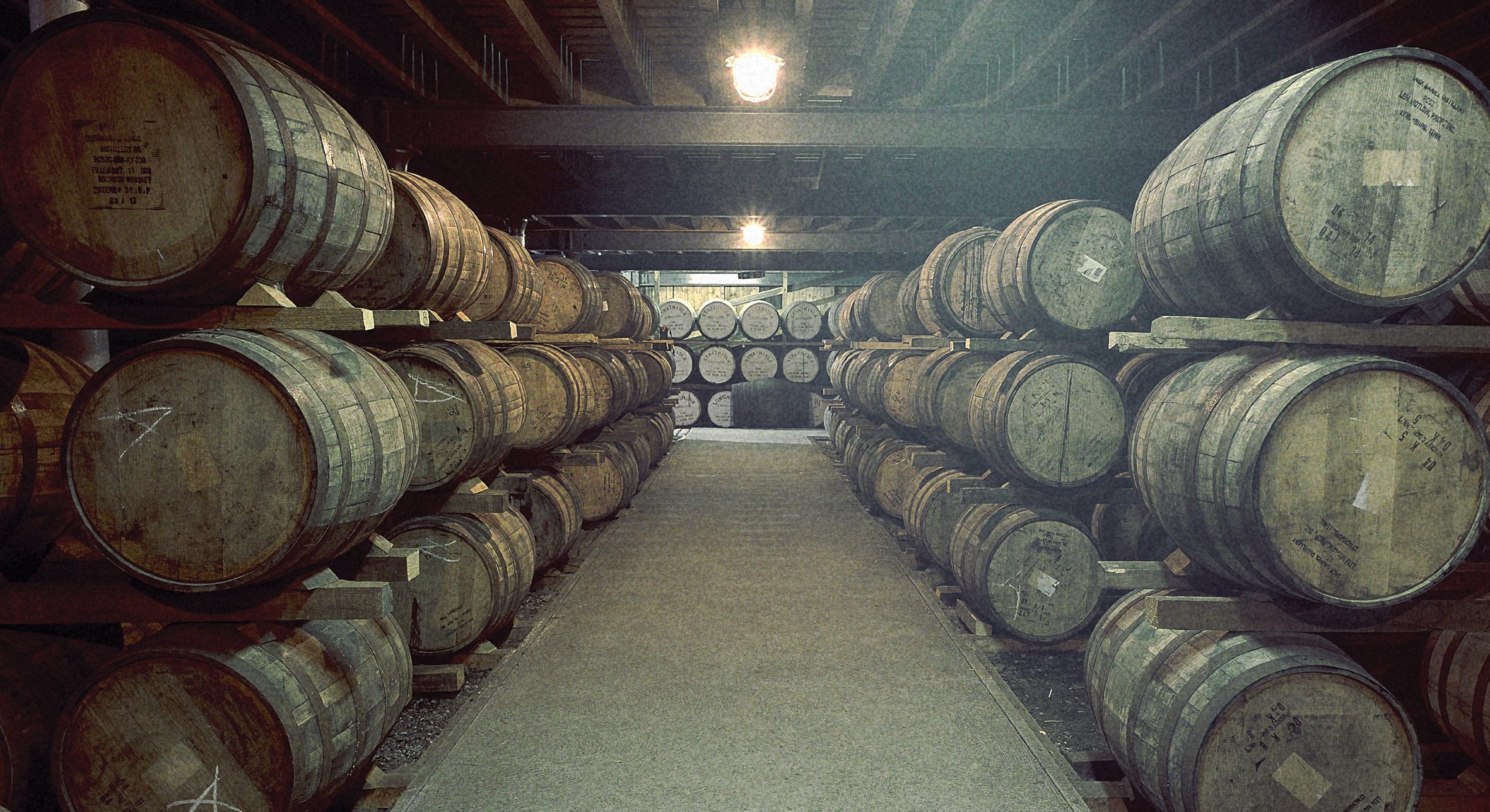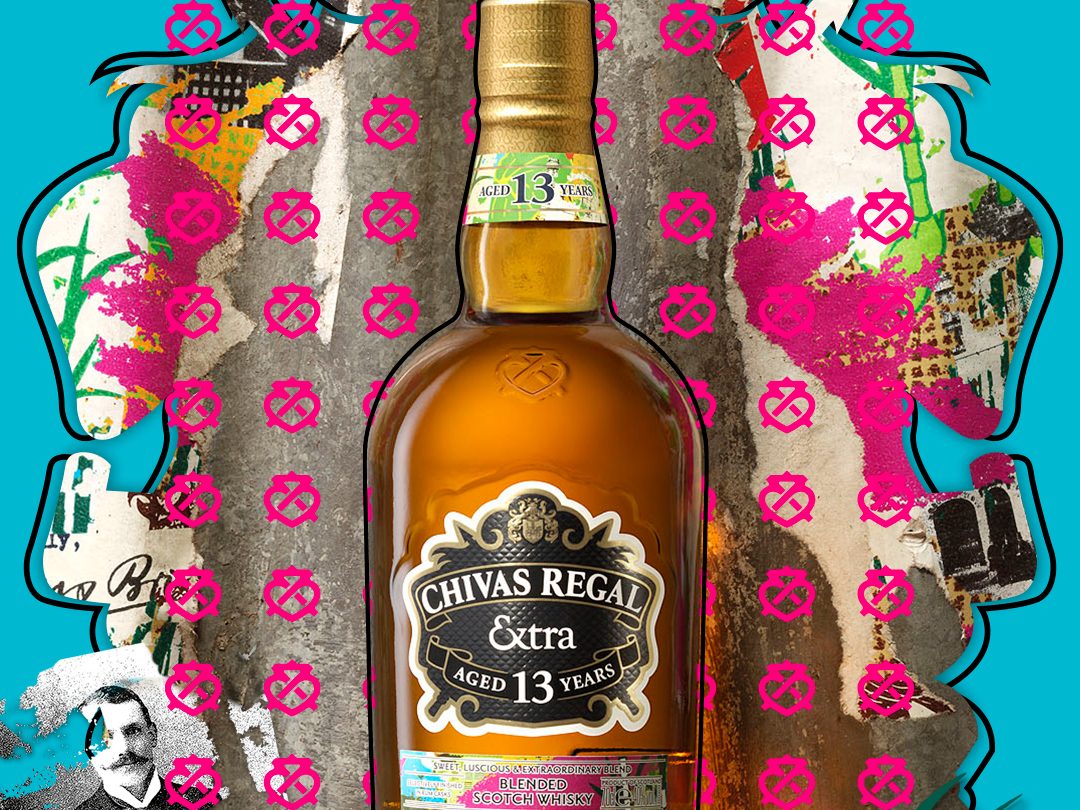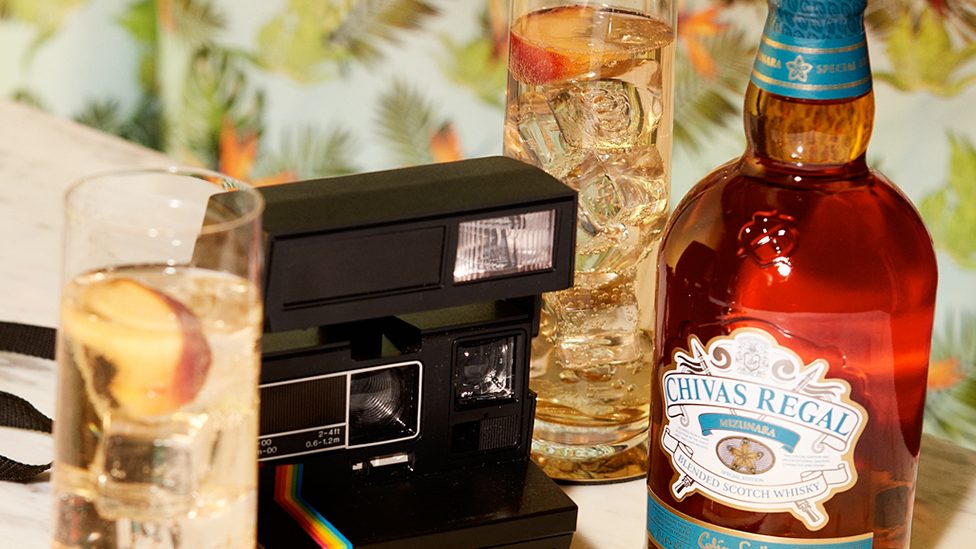
THE AGEING OF WHISKY:
IT’S ALL ABOUT THE CASKS

From original maturation to using different types of barrels, let us take you through the world of cask finishes
If you’re at the very beginning of your whisky journey the question, ‘what even is a cask?’, might fly through your mind. Fear not – we’re here to break it down. A cask (interchangeable with the word ‘barrel’) is simply a large wooden container bound by wood or metal hoops used for maturing spirits and wines. A cask finish is therefore the cask that whisky is put into for maturation, or additional time after its original maturation.
Whisky is always matured in casks, but cask finishes can hugely affect its final flavour. Scotch whisky is always matured for the amount of time listed on the label (or as an absolute minimum of three years), but it can then undergo additional time in other casks that have been used to mature other spirits, such as wine or sherry. It’s important to know that if whisky spends time in another spirit cask such as a rum cask, it doesn’t take on the flavour of rum – instead the cask enhances flavours within the whisky, drawing out tropical fruit notes that can be found in rum.
When looking into different types of whisky and cask finishes you may wonder about the differences between single or double cask whisky. Single cask simply means that the whisky has spent its whole life in one cask, whereas the difference between double and triple cask whisky (and beyond) is that the whisky spends its life in a variety of different casks, which can include casks that have been used to age different spirits previously.
Whatever the cask finish is, it’s integral in the ageing of whisky.

We asked Chivas Master Blender Sandy Hyslop about cask finishes and their part in the Chivas range….
What are the different types of cask finish?
“It’s important to understand the difference between a selective finish and a selective maturation in the whisky ageing process. When selectively finishing a product, we take a portion of that whisky and fill it into freshly emptied casks, such as ex-tequila barrels or ex-rye casks. Then that blend is monitored regularly to check for flavour development – as each cask is different, they all operate in their own way and it doesn’t take a set amount of time to get to the right level of flavour. It’s a hands-on, bespoke process in the blending room.
“With a selective maturation, the blend spends its entire maturation time in that cask – so for Chivas Extra 13 Sherry Cask, a portion of our blended Scotch whisky spends all 13 years in first-fill Oloroso sherry casks.
“When looking at cask finishes, it’s important to consider the history of the cask. When using a cask for a long maturation (such as 15 years or more) a second or third-fill cask allows for fantastic flavour balance between the cask influence and distillate (the whisky spirit prior to maturation) character. If the distillate spends a long period of time in a first-fill cask, the cask influence will be too strong and is likely to take over completely. With younger maturations however, first-fill casks are ideal for bringing through cask flavour quickly.”
Why are cask finishes important to Chivas?
“Whether it’s a selective finish or maturation, I want every single one to complement the iconic Chivas whisky character –instead of compete with it or overpower it. With the Chivas Extra 13 range in particular, I wanted to make something that was still Chivas, but with an extra dimension.
“Each product within the Chivas Extra 13 range has its own unique base blend to help support and accentuate the cask finish it’s destined for. We choose whether to selectively finish or mature these whiskies depending on how potent the cask influence will be. For example, you couldn’t fully mature whisky in rum or tequila casks because it would be too potent and overpower the whisky. Everyone thinks whisky is a great big and strong product, but it’s more delicate than people think! It can be overwhelmed by big spirits.
“With all of our cask finishes, we want a nuance of flavours; we want to bring extra complexity to the blend but still deliver that classic Chivas style. Chivas is renowned for being sweet and fruity and while a bit of oak nuttiness is needed to complement it, you don’t want to overwhelm it completely with an overbearing cask. It’s all about balance.”
How much flavour do the casks impart and why?
“The proportion of flavour coming from the cask influence depends on the amount of time you’re maturing whisky – the longer the whisky stays in the cask, the more flavour it will absorb from it. When getting to longer maturations of 15 years, approximately 50% of the flavour is coming from that cask. It also depends on how many times that cask has been used – if it’s a third, fourth or fifth-fill cask it won’t bring as much flavour, but a first-fill cask is going to bring a lot.
“With the selectively finished products in our Chivas Extra 13 range – such as Chivas Extra 13 Tequila Cask – it’s different because the whisky spends 13 years maturing in traditional oak casks, and then after that it has a portion selectively matured in another cask for extra dimension. As a guess, I would say roughly 35-40% of the flavour would be down to the original 13-year maturation and then it gets a 10-20% boost from the other cask used. It’s a two-stage process.”
How does ageing scotch differ with ageing bourbon?
“Bourbon is always matured in virgin American oak barrels or casks; casks that have never held any other spirit in them before. This means the cask and wood influence is massive in bourbon. Scotch on the other hand, uses casks that have held something else before. It’s almost as if the casks have been conditioned for us and had a chance to get rid of some of those strong tannin oak flavours, which helps our distillate to come through more. It also means that these casks have lovely sweet vanilla and toffee notes that work beautifully with the sweet character in the prevalent Speyside whiskies in our blends.
“With Chivas Extra 13 Bourbon Cask, a portion of our Chivas blend is matured in ex-bourbon casks for the whole 13 years. This is not to make it taste like bourbon – it’s to really emphasise those sweet and honeyed flavours already present within the distillate.”
WHAT’S YOUR FAVOURITECASK FINISH AND WHY?
“I love Chivas Mizunara. For me as Master Blender, going to Japan to meet the cooperage, set the deal and bring the casks back to Scotland was just a dream come true and I loved bringing Chivas Mizunara to the range. I love drinking it with a big ice ball or cube of ice that melts really slowly. The reaction between the alcohol and the water, it’s perfect!”

If you’re looking to discover more about the whisky process, take a look at our articles about the difference between single malt and blended whisky and the art of blending.
